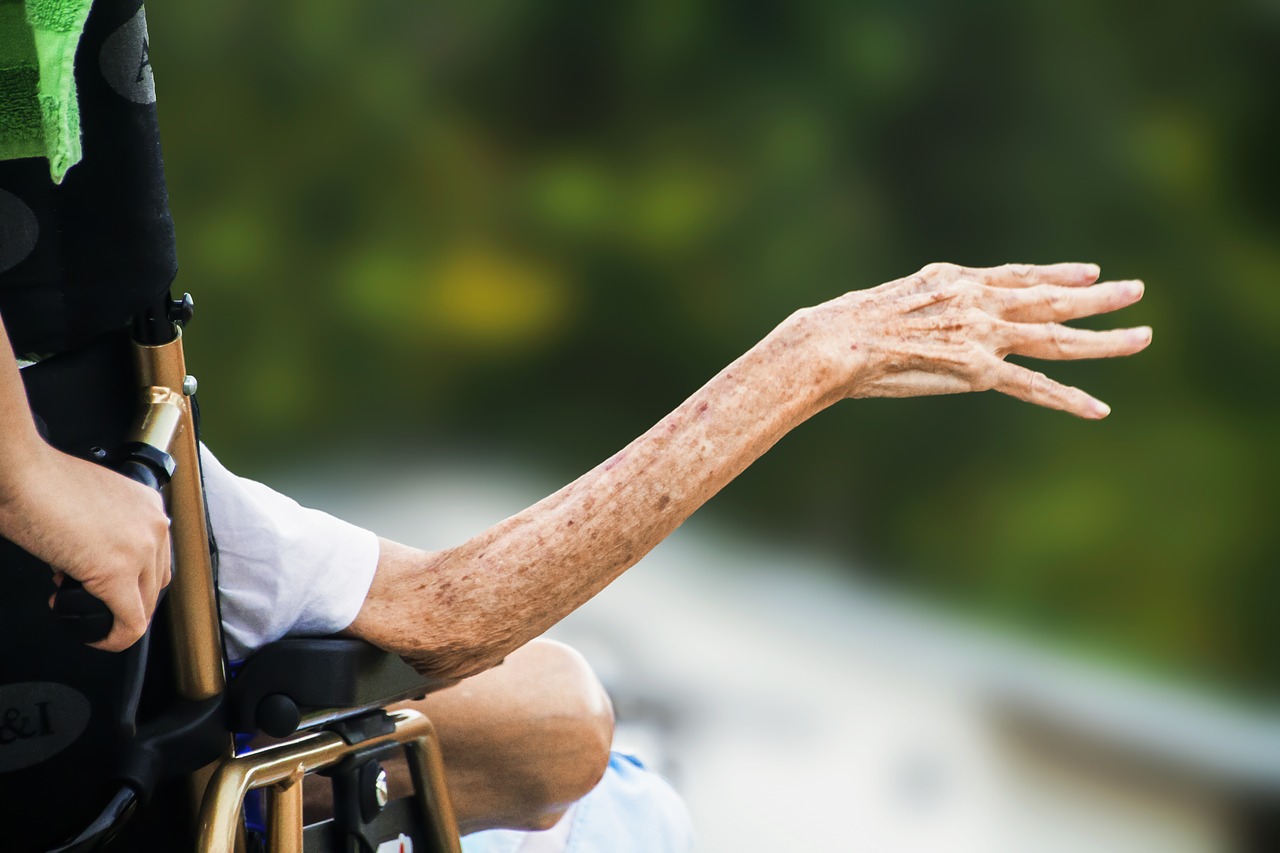
How to Head Off the Most Common Skin Issues For Your Senior Loved One
From dry skin to pressure sores, there are many common skin conditions affecting the elderly. In honor of National Healthy Skin Month, this week we will talk about how to prevent skin issues in hospice care in San Mateo and elsewhere. In hospice, where so many people are bed-bound, pressure sores are one of the top complaints. Here’s how to head off common skin problems for your senior loved one.
Common Skin Problems in Elderly
While some skin problems are normal as we age, others may signal a more serious underlying health problem, says AgingCare. As the family caregiver, it’s important to be on the lookout for signs of these five skin conditions.
1. Dry, Flaky Skin (Xerosis)
More than 50 percent of older adults suffer from chronic dry skin, says the Mayo Clinic. This is due to a reduction in oil and sweat gland function (responsible for keeping skin soft and supple). Dry, scaly skin tends to be itchy, which may cause your senior to constantly scratch or pick at their arms and legs. This boosts the chance of infection. When dry skin cracks, it can be quite painful.
If your senior has dry skin, try these tips to alleviate it:
- Wash with a gentle cleansing soap containing moisturizers designed for treating dry skin.
- Moisturize with lotion daily.
- Gently exfoliate the skin to slough off old cells.
- Put them on a less frequent bathing schedule. Perhaps once every couple of days instead of every day.
- Don’t use hot water when bathing, which dries out the skin.
- Wear loose-fitting cotton clothes instead of tight-fitting synthetics.
- Use a soft washcloth when bathing rather than abrasive loofahs.
- Make sure they drink more water for proper skin hydration.
- Limit caffeine intake to reduce itching.
- Use humidifiers in their room to add more moisture to the air.
2. Pressure Sores
Bedsores are also known as pressure ulcers, and these are open wounds on the skin that happen when someone stays in the same position for long periods of time, usually in a bed or chair. Common areas that are affected include the tailbone, heels, ankles, back, and elbows.
Follow these treatment tips:
- Don’t stay in one position in one place for a long period of time. You may have to help them reposition themselves every couple of hours to alleviate pressure.
- Use foam or gel mattress toppers.
- Keep the body clean and dry.
- Call the doctor if you notice localized skin redness and warmth — an indication of an emergent bedsore.
3. Shingles
This condition affects the skin and nervous system, resulting in painful blistering rashes lasting between three and five weeks. Shingles are brought on by the same virus as the one that causes chickenpox (varicella-zoster). Your senior may exhibit sensitivity or pain on one side of the body as one of the first symptoms. Other symptoms include burning, pain, tingling, numbness, and blisters. If this happens, call their doctor, who can prescribe anti-viral drugs to minimize discomfort.
4. Bruising
Seniors can bruise extremely easily. As we age, our skin and blood vessels get more fragile. You can even bruise without an injury or without even remembering how you got it. Here’s how to treat bruising in seniors:
- Place a cold compress on the bruise to reduce blood flow to the area and decrease inflammation.
- Don’t give them medications that can worsen bruising, such as NSAIDs like ibuprofen, naproxen, and aspirin.
- Talk to their doctor if they are on blood thinner; their medication may have to be adjusted.
- Elevate the limb when a large bruise affects the leg or foot.
- Be alert to signs of potential elder abuse.
5. Skin Cancer
Skin cancer first affects the cells comprising the outer layer of the skin (epidermis), often developing from extensive exposure to the sun. The three types of skin cancer that are known to commonly happen in older adults include melanoma, basal cell carcinoma, and squamous cell carcinoma. Make sure they are seen by a dermatologist for regular skin checks. Be on the lookout for:
- Changes in how an existing mole looks (size, shape, color)
- Moles with irregular borders or edges
- Presence of more than one color in an existing mole
- Asymmetrical moles
- Moles that bleed, itch, or ooze
- Ulcerations
- Sores that don’t seem to heal
In conclusion, while most cases of dry skin can be treated with home and lifestyle remedies, you should bring certain issues to the attention of your loved one’s doctor if:
- Their skin doesn’t improve no matter what you do
- They have redness along with dry skin
- Itching interferes with sleeping
- They have open sores or infections from scratching too much
- They have large areas of peeling or scaling skin
Contact Pathways Home Health and Hospice
Our caregivers are diligent about preventing common skin issues in hospice seniors, especially when it comes to bedsores. To learn more about what we do, or to get tips on how to prevent common skin issues in your senior loved one at home, contact us at 888-978-1306.

